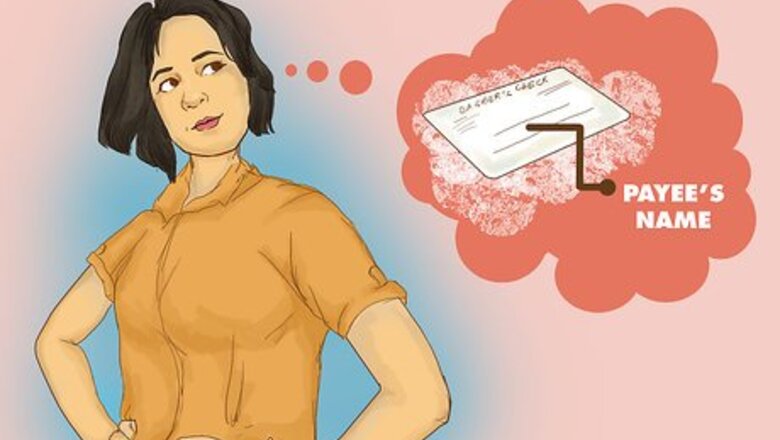
views
Preparing to Get a Cashier's Check
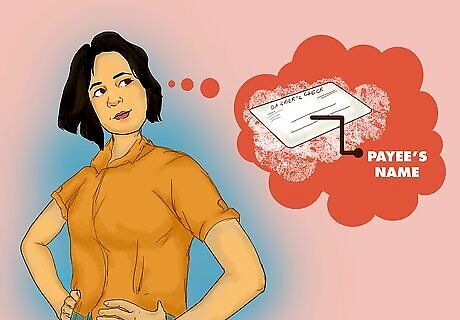
Identify the name of the payee. Your banker will fill out the cashier's check, so you'll need to provide him or her with the exact name of the payee.
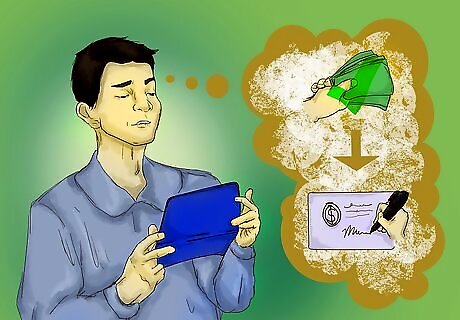
Ensure that your account can cover the amount of the cashier's check. Even though, as noted above, cashier's checks are drawn against the bank's funds, the bank isn't performing an act of charity. You'll need to transfer the amount requested for the cashier's check from your account to the bank's account. If you have insufficient funds, you'll need to make a deposit to cover the amount of the cashier's check.
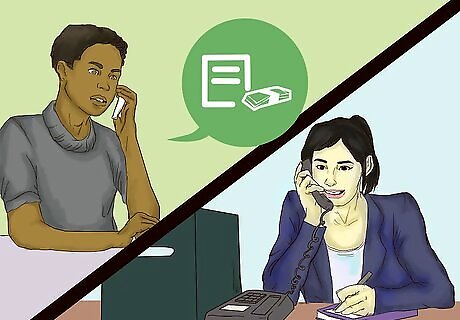
Ask about the fee associated with a cashier's check. Contact your bank and request information about the fee you'll pay for a cashier's check. You'll need to ensure that your account can cover the fee plus the amount of the check unless you're opting to pay the fee out of pocket.
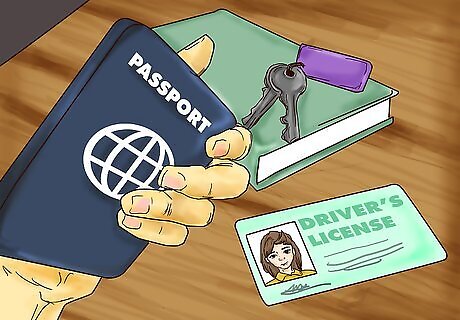
Bring your identification to the bank. Even though you're an account holder at the bank, you might be required to show identification when you request a cashier's check. Be sure to have a government-sponsored identification document on hand. Accepted forms of identification are: A driver's license A passport
Filling out the Check
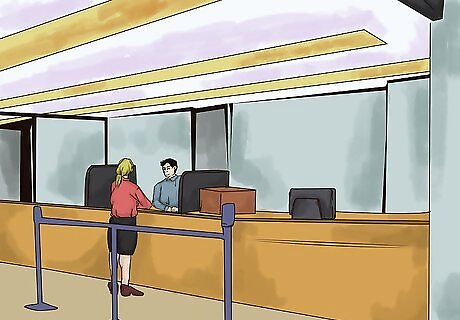
Visit your bank. This has to be done in person. You won't be able to request a cashier's check over the phone or online.
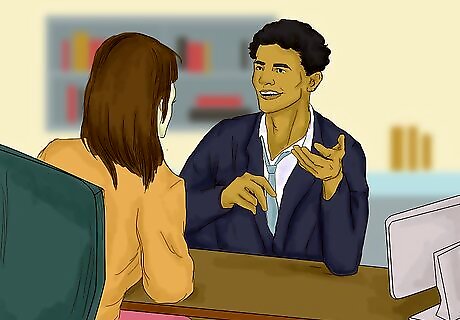
Talk to a teller. At most banks, any teller can fill out a cashier's check for you. At some banks, and depending on the amount of the check, you might need to talk to a customer service representative. You may need to fill out a form for your cashier's check.
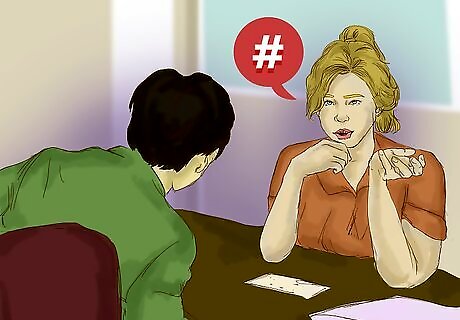
Provide your account information to the teller. The teller will need to know your account number so that the money (and the fee) can be withdrawn from your account.
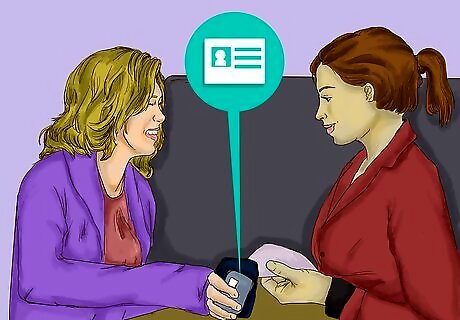
Show your identification to the teller. Even though you have your account information handy, the teller will likely need to see your identification just to be certain that you are who you say you are.
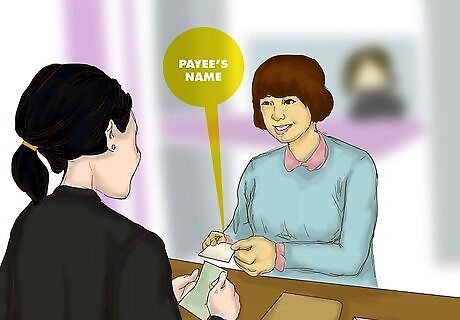
Provide the payee's name. It's best to have it written out so that the teller can spell it correctly. Remember, the teller will actually fill out the check for you.
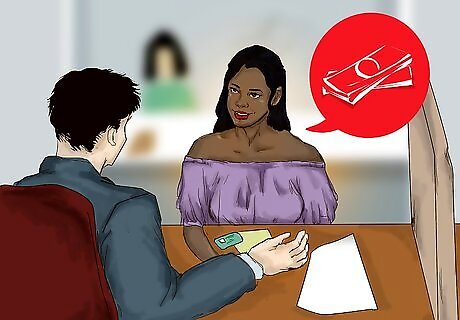
Provide the amount of the check. The teller will need to know the amount to put on the check. Make sure that's clear.
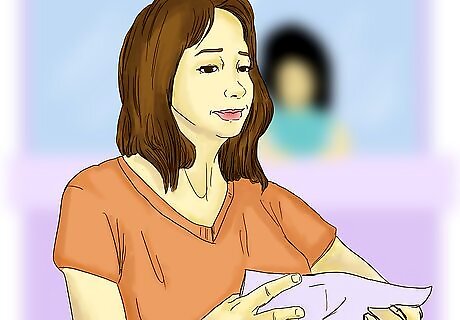
Review the check before walking away. It's possible that the teller misspelled the payee's name or misheard the amount of the check. Give the check a thorough review, ensuring that all of the information is correct.
Using the Cashier's Check
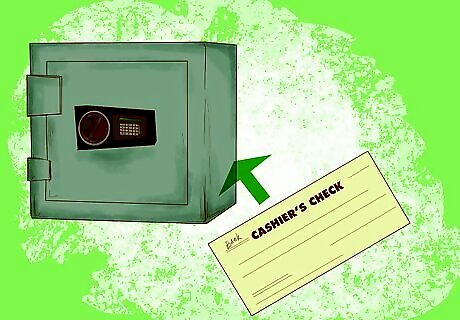
Keep the cashier's check in a secure place until it's needed. Although you can recover the funds if the check is lost, that's not a process you want to go through. Keep that check in a locked, fireproof box until you're ready to present it.
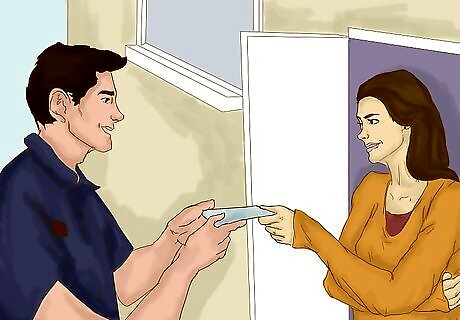
Hand-deliver the check to the payee. Unless you absolutely have to, avoid using mail to deliver a large check. The potential for a lost or stolen cashier's check is just a little too high. If you really want to mail the check, use a secure method like Priority Mail Express and purchase enough insurance to cover the value of the check.
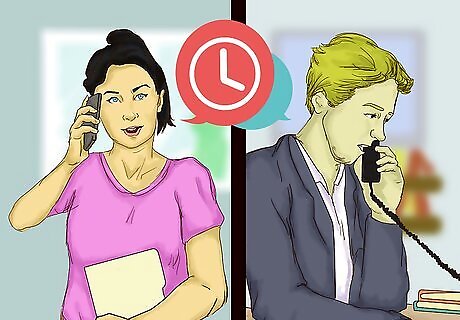
Ask the seller about a waiting period. Even though you've given the seller a bona fide cashier's check, his or her bank might still place a "hold" on it due to the amount involved. Understand that up front so that you'll know if there's still a delay in your transaction.
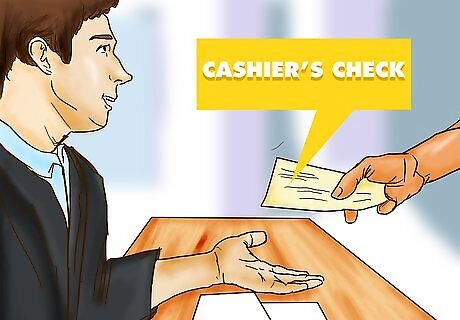
Return the check to your bank if the deal falls through. If you shook hands and something went wrong with the deal, you haven't lost your money forever. You can take the check back to the bank where a teller will void it and credit your account with the face value of the amount. You might forfeit the fee, though.


















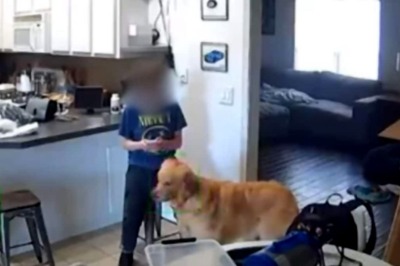
Comments
0 comment